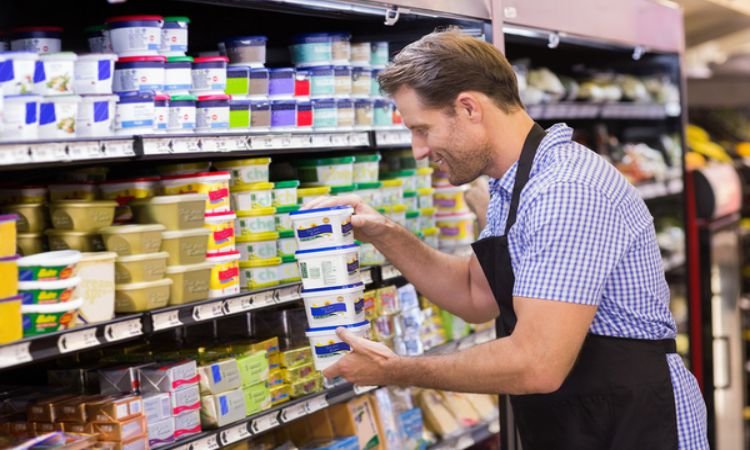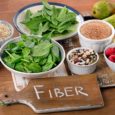 Food packaging is a critical aspect of the culinary world that goes beyond the mere function of containing food items. The design and presentation of food packaging play a crucial role in influencing consumer behavior, by appealing to aesthetic tastes, communicating brand identity, and providing important information about the product. From a practical perspective, good packaging ensures the freshness and quality of food, while also serving as a deterrent to potential contamination or damage. Therefore, the art and science of food packaging lies at the intersection of design, nutrition, and marketing, shaping not only the consumer’s purchasing decision but also their overall dining experience.
Food packaging is a critical aspect of the culinary world that goes beyond the mere function of containing food items. The design and presentation of food packaging play a crucial role in influencing consumer behavior, by appealing to aesthetic tastes, communicating brand identity, and providing important information about the product. From a practical perspective, good packaging ensures the freshness and quality of food, while also serving as a deterrent to potential contamination or damage. Therefore, the art and science of food packaging lies at the intersection of design, nutrition, and marketing, shaping not only the consumer’s purchasing decision but also their overall dining experience.
The Design Aspect of Food Packaging
The design of food packaging is a creative and dynamic process that involves both designers and food manufacturers. The designer’s role is to create an eye-catching, practical, and cost-effective solution that meets the manufacturer’s specific requirements while also satisfying consumer demands. This means not only making the package visually appealing but also ensuring that it can preserve the product’s quality and shelf life.
One type of food packaging that highlights the importance of design is lidding film. Lidding film refers to a plastic film used to seal containers such as trays, cups, or tubs containing food items. It plays a critical role in preserving the freshness and safety of perishable foods, while also providing an attractive visual presentation for the consumer. The design of lidding film is crucial in maintaining the balance between practicality and aesthetics. It must be able to withstand high heat, moisture, and pressure during the sealing process while still being easy to peel off for the consumer.
The Scientific Side of Food Packaging
Apart from the design aspect, food packaging also involves scientific considerations that ensure the safety and quality of the product. This includes selecting appropriate packaging materials that can maintain the desired temperature, moisture level, and gas composition to prevent spoilage and extend shelf life. For instance, vacuum packaging is often used for perishable foods such as meat and seafood to remove oxygen and slow down the growth of bacteria. On the other hand, modified atmosphere packaging (MAP) involves controlling the levels of oxygen, carbon dioxide, and nitrogen in the package to preserve the freshness and appearance of fruits and vegetables.
Furthermore, food packaging also has a significant role in sustainability and environmental impact. Designers must consider factors such as recyclability, biodegradability, and reducing waste when creating packaging solutions. This not only benefits the environment but also adds value to the product for consumers who are becoming more conscious of their purchasing choices.
The Role of Food Packaging in Branding and Marketing
Food packaging is often the first point of contact between a consumer and a product, making it a powerful tool for branding and marketing. It can communicate the brand’s identity, values, and story through its design elements such as colors, logos, and typography. For example, a sleek and modern packaging design may convey a sense of sophistication and premium quality, while a playful and colorful design may appeal to a younger demographic.
Moreover, food packaging can also provide crucial information about the product, such as its nutritional value, ingredients, and certifications. This is especially important for consumers with specific dietary restrictions or preferences. By effectively communicating this information on the packaging, food manufacturers can cater to a wider target audience and build trust with their consumers.
In conclusion, food packaging is not just a means of containing food but an integral part of the culinary experience. Its design must balance both aesthetic and practical considerations while ensuring the safety and quality of the product. With its crucial role in branding and marketing, it has become a powerful tool for food manufacturers to connect with their consumers and stand out in a competitive market. Ultimately, the art and science of food packaging continuously evolve as designers, manufacturers, and consumers work together to create innovative solutions that enhance the overall dining experience.




